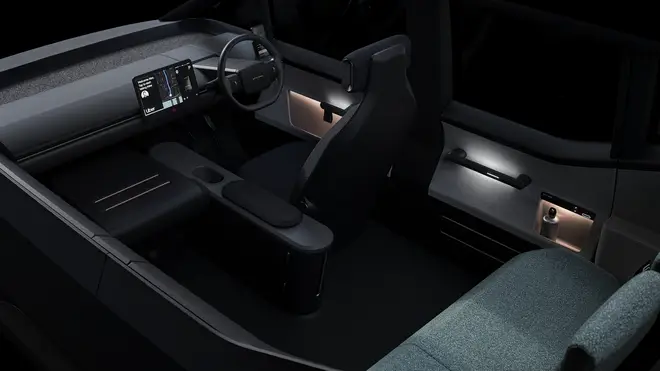
Oli Dugmore 4am - 7am
4 May 2021, 09:54

The Arrival Car is expected to go into production in 2023.
Uber and UK-based electric car firm Arrival have announced plans to create a fleet of electric vehicles for the ride-hailing service across Europe, with Uber aiming to be fully electric in London by 2025.
The two companies have said the Arrival Car will be an affordable, purpose-built electric vehicle for ride-hailing services, and is expected to enter production in the second half of 2023.
As part of the initiative, Uber drivers will be asked to give their input during the car’s design process, which is expected to be fully revealed for the first time at the end of this year.
Uber said that as well as becoming fully electric across London by 2025, it hopes to have an entirely electric vehicle fleet across the UK, Europe and North America by 2030.
Arrival and Uber to collaborate on electric Car for ride-hailing industry.
READ MORE: https://t.co/5eAAvWLHU7 pic.twitter.com/02Dk94nBVX
— ARRIVAL (@arrival) May 4, 2021
“As our cities open up we have an opportunity to make sure that urban transport is cleaner than ever before,” said Jamie Heywood, Uber’s regional general manager for Northern and Eastern Europe.
“Uber is committed to helping every driver in London upgrade to an EV by 2025, and, thanks to our Clean Air Plan, more than £135 million has been raised to support this ambition.
“Our focus is now on encouraging drivers to use this money to help them upgrade to an electric vehicle, and our partnership with Arrival will help us achieve this goal.”
Arrival’s senior vice president for mobility in the UK, Tom Elvidge, said: “We are confident that electrifying ride-hailing vehicles will have an outsized impact on cities, and we are keen to support drivers as they manage this transition.
“Arrival Car will be designed around drivers’ needs to create a vehicle that is affordable, durable and desirable.
“We have had great success working alongside key partners to create our best-in-class delivery van, and we hope to replicate that success with Uber as we develop the best possible product for ride-hailing that elevates the experience of the passenger and improves drivers’ health, safety and finances.”